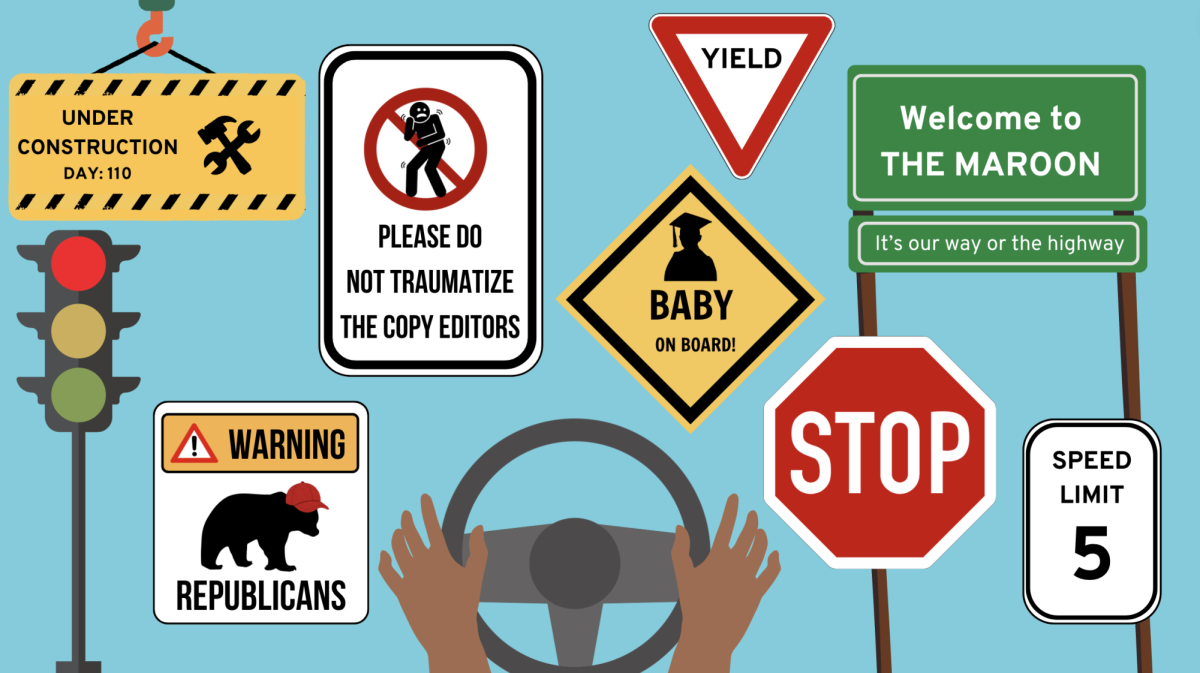I saw a lot of filing folders as a legal intern last summer, but none quite like my college mail folder. Its contents range from bland postcards to a 69-page full-color paperback, all screaming one common sentiment best captured by a letter dated April 17, 2010: “An impressive student like you will have many options for college. All you need now is some inside information from the University of Scranton to help you get started!”
Scranton is interested in me!? thought my 15-year-old self, I’m flattered! My excitement was short-lived. As the trickle of mail became a flood sophomore year, I gradually realized that I had no interest in Scrantons of the world. I first tossed their mail into the folder unopened, then straight into the recycling bin.
I spared the Columbias and Cornells—schools that I already knew and to which I already wanted to apply—that could still ignite a spark of flattery. Their brochures cover the folder’s older mailings like a distinct, more recent geological stratum. Ultimately, one of those elite schools won me over. My college search focused strictly on the Northeast until Chicago sent me a postcard with my name printed in 72-point Gothic font: the opening salvo in a months-long barrage of UChicago mailings. Each letter and booklet piqued my interest a little bit more and convinced me to first look it up in The Princeton Review, then fly out to the Windy City to see for myself. It was love at first sight.
I suppose my experience proves that college mail serves a legitimate purpose, winning over students who otherwise wouldn’t consider a particular school. Yet why do schools on the level of UChicago even need to sell themselves so aggressively? Shouldn’t reputation alone ensure a healthy crop of applicants? Yes, but College Confidential and other online forums show a consensus that these mailings serve another, more dubious purpose: leverage in the annual jockeying atop the U.S. News & World Report rankings. Each year, Prestigious U buys millions of SAT–taker addresses from the College Board. It promptly sends off flattering mailings to those students, knowing that the more who apply, the more it can reject, and the more “selective” it can appear for the number-crunchers at U.S. News. Putting that idea into practice, Stanford probably hoped that its shrink-wrapped “Wind of Freedom” pamphlet would produce another rejection (me), and another nudge toward beating out UChicago in the rankings.
Like so many shameless ploys these days, it’s tempting to dismiss this maneuver with a resigned shrug. However, as the students in America’s high school class of 2015 prepare to begin their own college searches, we might instead suggest that UChicago’s marketing department pursue goals more in keeping with our stated values. On April 10, The New York Times published an intriguing little editorial entitled “From Poverty to a Top-Tier College,” which noted, “Because educational opportunity has much to do with upward mobility, it is distressing that low-income students who qualify for top-tier colleges rarely end up there. Flummoxed by the admissions process and scared off by what they think will be unmanageable costs, many of these students settle for lesser colleges with lower graduation rates, less financial aid…and less marketable degrees.”
The article found hope in a University of Virginia study that mailed low-income, high-talent students personalized packets addressing these concerns and providing step-by-step guidance for the admissions process. Students sent such a packet “were significantly more likely to apply to colleges matching their abilities than those who did not.” The cost? About $6 per student.
Every college I applied to assured me that it dearly values community service and concern for others when evaluating applications. If colleges can recruit disadvantaged students so inexpensively, they need to put their money where their mail is and value them when soliciting applications. Informational packets sent to underprivileged students might not always produce Horatio Alger stories of higher education. Yet considering President Zimmer’s assertion that “each day, we work with students and parents of all backgrounds…to make sure that every family can afford a University of Chicago education,” they would certainly be a better use of marketing dollars than mass-mailed postcards destined to be tossed into a filing folder and forgotten.
Patrick Reilly is a first-year in the College.







